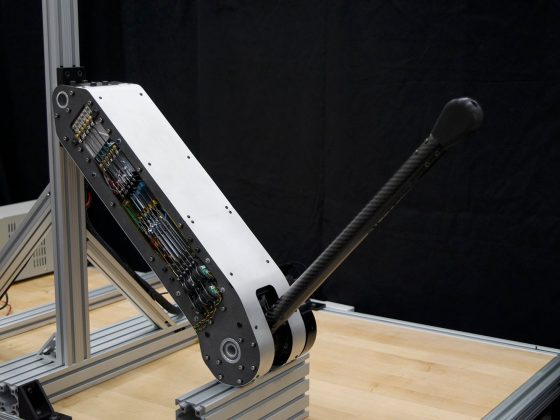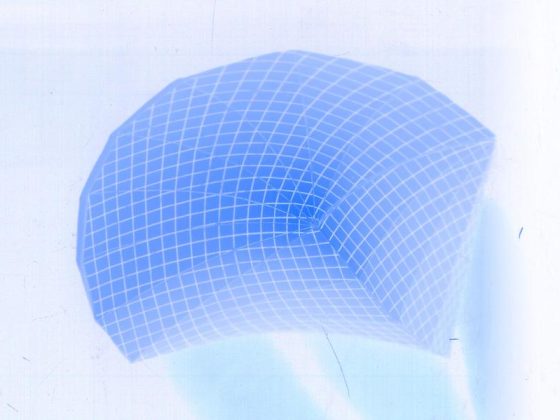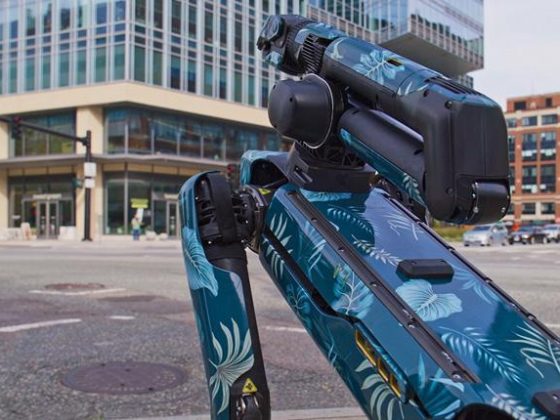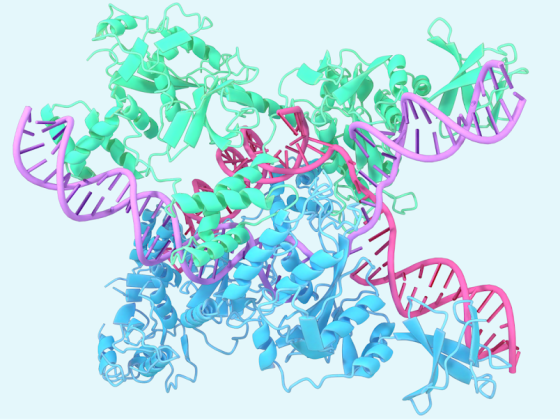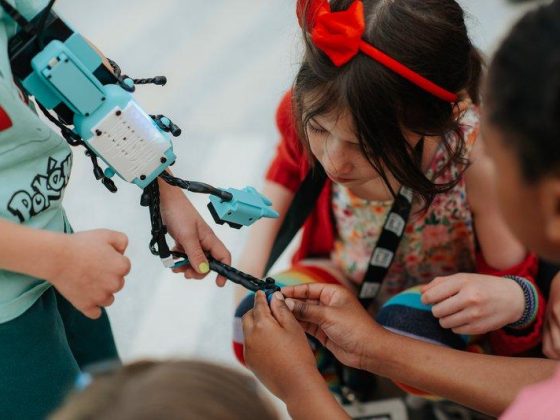With the novel coronavirus (Covid-19) sweeping across continents and affecting many millions, health authorities, policy-makers and scientists, innovators around the world are racing to invent ways to contain the further spread of the virus. It is our unwavering belief that universities are – and should always be – contributing to this collective fight against this and future severe and potentially long-lasting public health crises.
Covid-19’s highly infectious nature means there is a pressing need to find corresponding solutions, from speeding up the detection of virus carriers and halting the spread of the virus to developing a vaccine. Like our dedicated fellows around the world, research teams at the Hong Kong University of Science and Technology (HKUST) have been working tirelessly to contribute to the global taskforce for coronavirus control.
From our partners:
In the very early stages of the outbreak, the latest microfluidic chip technology was adopted to come up with a portable testing kit after obtaining the coronavirus’ genetic sequence in mid-January from China. By reducing the time needed to 40 minutes, the device is one of the biggest leaps in providing early and reliable detection of Covid-19 carriers.
In terms of infection control, we developed PECD antimicrobial coating, a sterilizer that removes up to 99.99% of different infectious viruses. Using it as a coating on air-particulate filters in air purification systems in hospitals aids the effort to contain transmission of viruses. The technology was adopted for use at Wuhan’s Huoshenshan Hospital, an emergency hospital constructed specifically to battle the coronavirus outbreak. Another new antimicrobial formula recently developed, MAP-1, is effective in killing viruses that are more resistant than the coronavirus. Using it in disinfectants, paints and potentially even clothing and surgical masks could provide lasting protection against microbial contamination to public venues.
In addition, a number of autonomous driving vehicles developed by our researchers and equipped with all-terrain 3D-mapping and large-scale visual and sensor navigation technologies were deployed in multiple affected cities in China. Human contacts are minimized to limit the risk of human-to-human transmission. In a similar vein, hundreds of robots produced by our alumni were sent to hospitals and quarantined spots across China to serve food and medication to patients while preventing cross-infection.
Back in Hong Kong, we are supporting the local government with new technologies for temperature monitoring and quarantine measures. We also understand the scarce supply of protective gear and disinfectants, such as surgical masks and sanitizers; therefore we are investing research resources to find possible ways to produce these supplies efficiently and cost-effectively to help alleviate the acute situation.
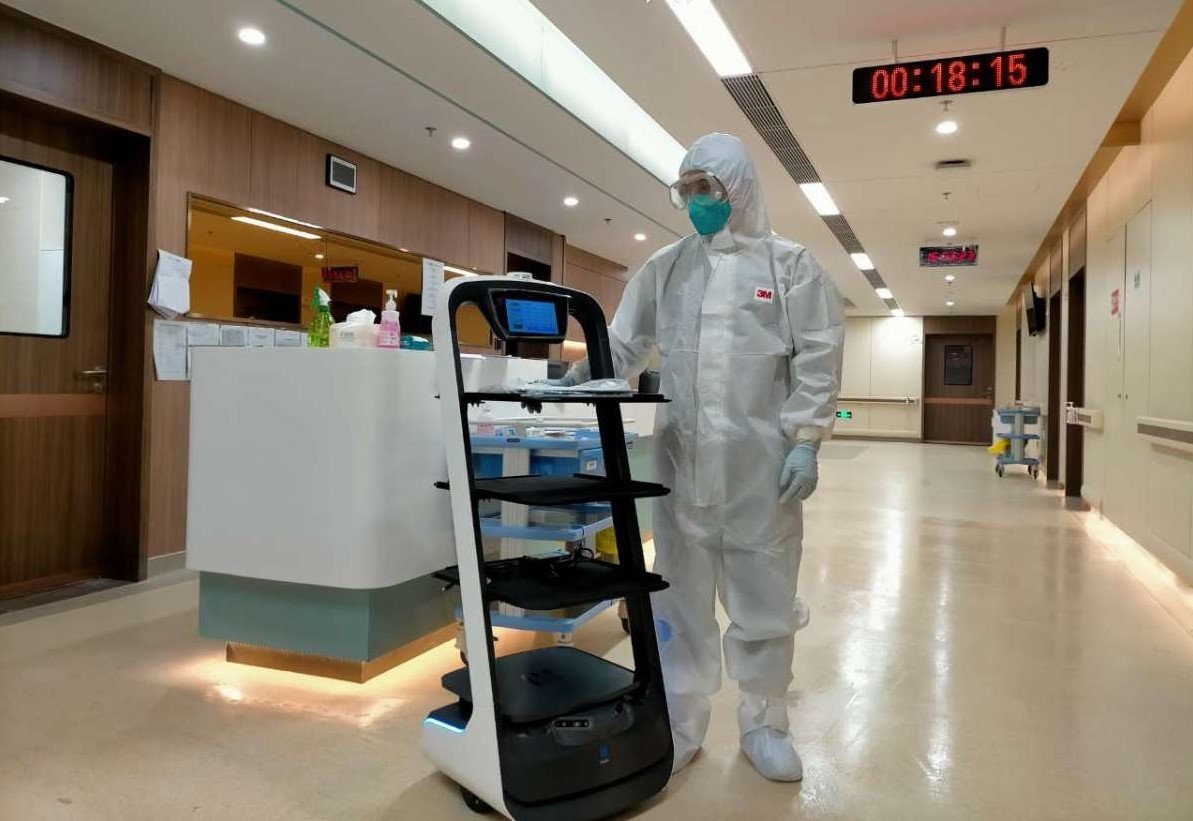
In the quest to offer a full response to the coronavirus outbreak, scientists around the globe are busily identifying targets to come up with vaccines for Covid-19. Among the research efforts, our scientists identified a set of B-cell and T-cell epitomes that exist in the genetic sequence of both the SARS virus and the novel coronavirus that trigger an immune response in the human body. The finding was recently published in the science journal Viruses to help expedite the development of an effective vaccine against Covid-19.

With such a rapidly developing situation, sustained efforts to work collectively in knowledge-sharing and research collaboration through university alliances are vital. Some of us have met the challenges from the beginning of the outbreak while more and more are joining to address the issues now. With global alliances such as the World Economic Forum’s well-established Global University Leadership Forum (GULF), the Association of East Asian Research Universities (AEARU), the Association of Pacific Rim Universities (APRU) and the Asian Universities Alliance (AUA), we can proactively share best practice among institutions.
As our students are now spread across dozens of countries, HKUST has been offering interactive and immersive online education for the benefits of our students since early February and we are prepared to share our experience and exchange views systematically and in a timely fashion with our fellows. Tools, content, interactive settings to examinations and quality assurance are essential areas that HKUST is working on as we move forward.
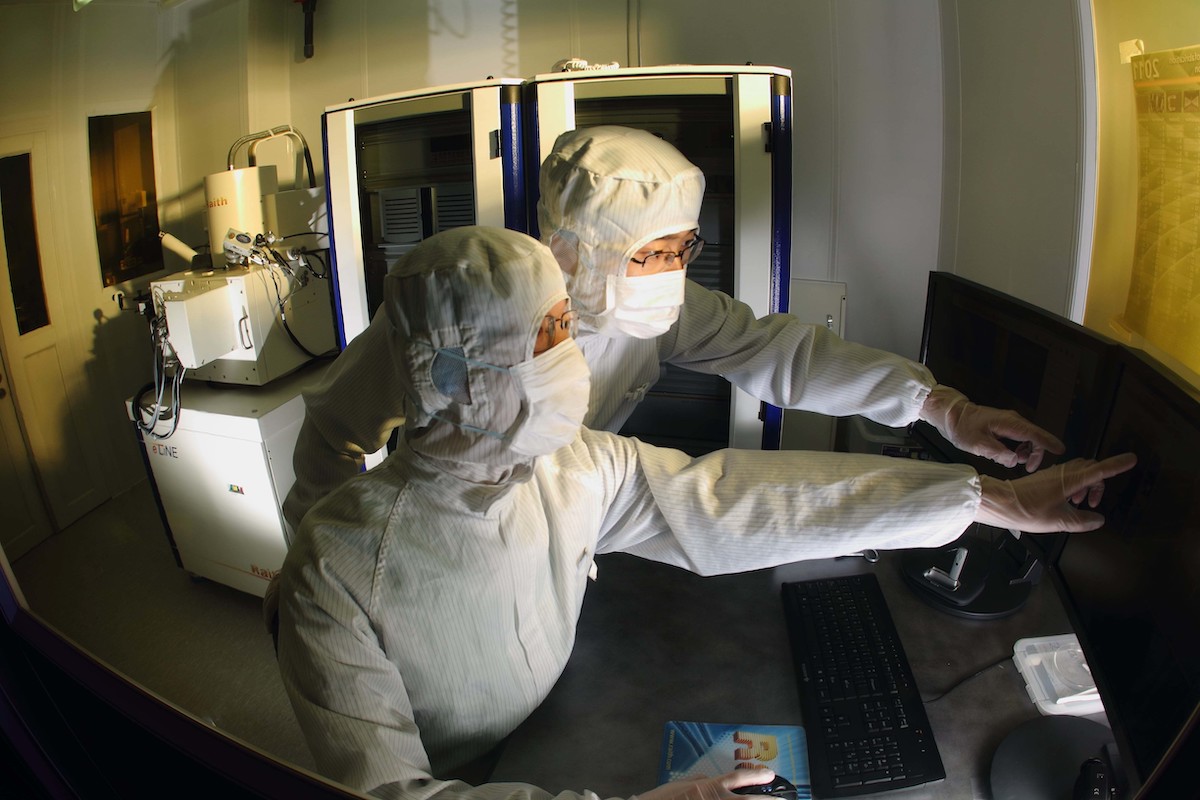
The coronavirus knows no boundaries. We need to count on our substantial network and culture of sharing among universities and dedicate our expertise, knowledge and facilities to support our common goal of curtailing Covid-19. By upholding our core values of being proactive in the search of new knowledge, being innovative in coming up with new solutions and perseverance despite setbacks and obstacles, we can tackle this global challenge together. HKUST values all the support it has received and looks forward to collaborating and working closely with our partners and fellows across communities to address the Covid-19 challenge and beyond.
Wei Shyy, President, Hong Kong University of Science and Technology
This article is republished from the World Economic Forum.
For enquiries, product placements, sponsorships, and collaborations, connect with us at [email protected]. We'd love to hear from you!
Our humans need coffee too! Your support is highly appreciated, thank you!


